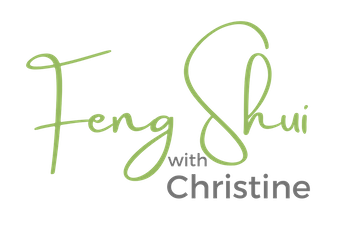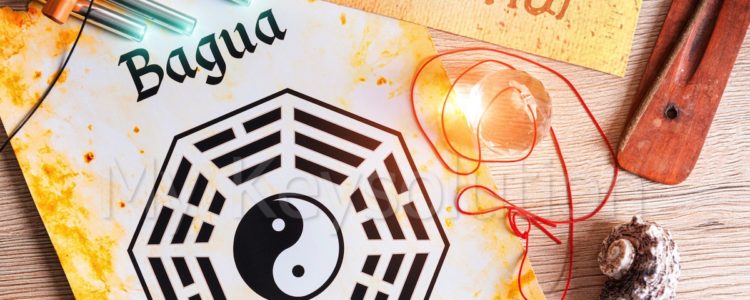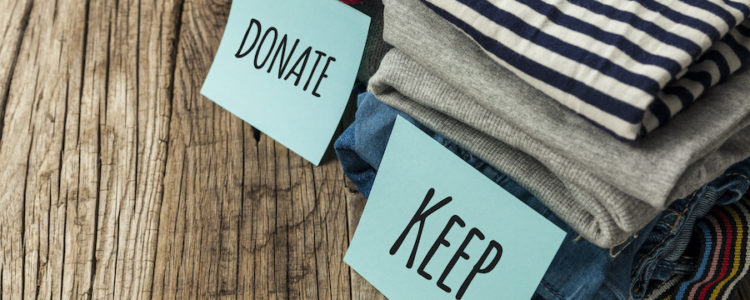Feng Shui bagua, which is also known as ba-gua or pakua, is a tool used in the ancient Chinese art of Feng Shui. Feng shui, as we know, is an art which effects our life with specific positive energies which may be lacking. To achieve this, bagua is what helps in analyzing the energy within the spaces you’re looking to implement feng shui using an energy map.
The areas which you may be spending most of your time in, whether it be your home, office or both, can be analyzed using the bagua energy map in order to find out which spaces of the areas in your home or office are connected to areas of your life.
There are quite a few reasons that individuals may choose to use the energy map and implement Feng Shui in their lives, a few reasons are the following:
- Enhances energies which are beneficial for you.
- Correcting and identifying subliminal messages.
- Creation of focus for intentions applicable to you.
- Balancing of positive vibrations.
- Creating a space for you, which is sacred, that nourishes the mind, body and spirit.
The bagua map divides your home or office into 9 separate spaces wherein each of them relates to a certain theme. Each space is also a representation of the direction on a compass. Let’s take a look at a few:
Wealth & Prosperity
The theme of abundance is covered here when the focused area is the Southeast area of your home or office. The associated element here is wood and you can enhance energies here with colors like blue and green and/or objects such as plants.
Fame & Reputation
Acclaim and/or Fame and reputation can be achieved by tapping feng shui into the Southern area of your home or office. The element which is associated to this theme and direction is fire and can be enhanced through candles, colors like red or burgundy, fireplaces, triangular shapes, etc.
Love & Marriage
Love and marriage come from the theme of passion which is attainable from the Southwest area of your home or office. Earth and fire are the elements which associate to this theme and its direction. It can be enhanced through colors such as red, pink, orange, burgundy and yellow. It is also suggested that in this area, furniture and accessories should be placed in pairs.
Children & Creativity
Kid-friendly décor and colors such as white, metal and gold are the way to enhance this theme and energy. The associated element here is metal and the direction to focus on is the Western area of your home and office.
There are 5 other themes which the bagua energy map covers being a feng shui tool. The other important thing to understand in terms of ba-gua is the layout of it. It is divided into two different layouts which are the following:
- Early Heaven Sequence
- Later Heaven Sequence
Both of these layouts follow the eight directions of a compass, but the difference is that the approach changes as the sequence changes.
The early heaven sequence refers to how the order was in the universe before any changes took place. On the other hand, the later heaven sequence is the complete opposite, it refers to the world and how it is after changes were produced and taken place.
Both of these layouts are used when understanding pakua and using it as the perfect tool to enhance positive energies that benefit you using feng shui. It is of utmost importance to have an understanding of Feng Shui, Bagua and the energy map if this is what you need in your home, office or overall life.



